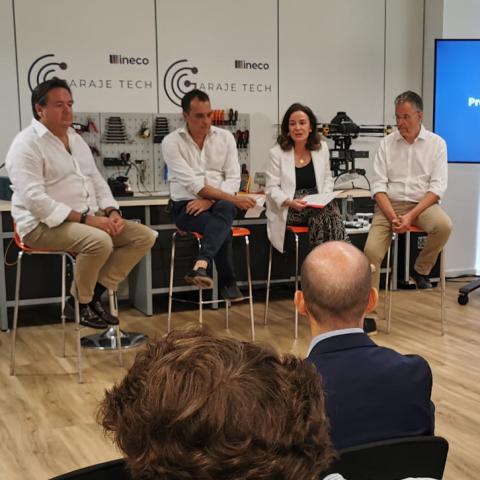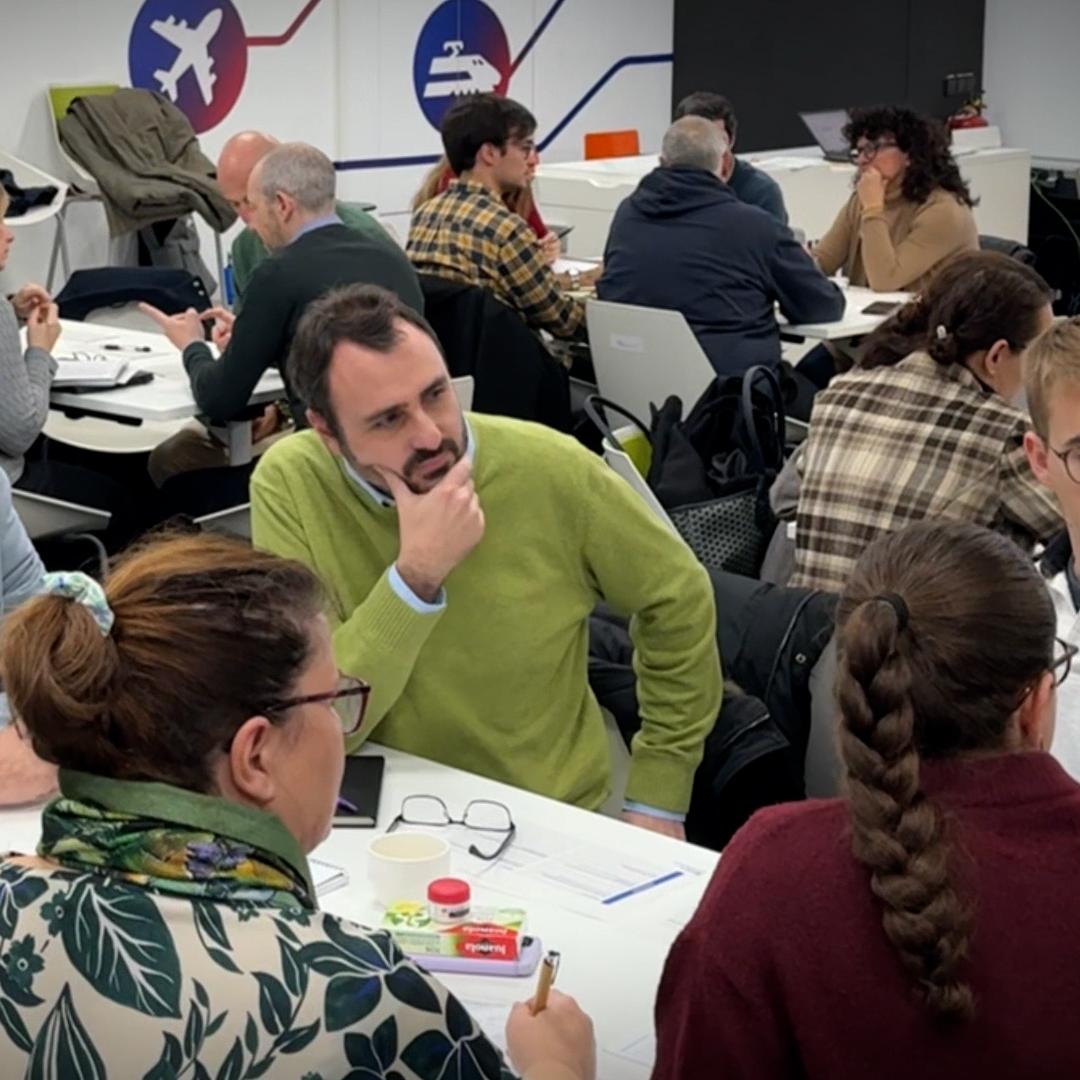Ineco, the engineering and consultancy company of the Ministry of Transport, Mobility and Urban Agenda, today hosted the presentation of the ionic module, a 100% Spanish invention by Alberto Santana, Canary Islander. After a conceptual evolution of the project and several prototypes, this novel renewable source allows energy to be generated from the corrosion of metals and produces green hydrogen during the process.
The presentation took place in the new Ineco Tech Garage, a space that the public company has just set up to promote the creation and design of innovation pilots and technological developments.The president of Ineco, Sergio Vázquez Torrón, highlighted the value of innovation as a lever for transforming the economy: "People like Alberto Santana make us participants in solutions that allow us to change the energy paradigm we are in and shed light on the fight against climate change. A leap in innovation that can generate a systemic change in the industry", he remarked.
An ionic module or ionic power plant is a plurality of cells which, in a controlled manner, is capable of generating electrical energy by recovering it from metals from corrosion in a process of reverse electrolysis. The cells are connected to each other in a closed circuit through which water and common salt, among other elements, circulate.
In addition, the internal electronic jump between the electrodes decomposes the water into hydrogen. The green hydrogen generated by an ionic module can be compressed to power vehicles, e.g. via a fuel cell, or used for domestic, commercial, industrial or mobility purposes.
"This is a real technological revolution," said its inventor, Alberto Santana."Not only because of the electrical energy it offers, being the only galvanic cell in the world with a potential of more than 2.2 volts, but also because of the hydrogen released by the plant during its operation.
Its industrial use or injection into the electricity grid allows it to be used as a sole source or as a support vector for other types of renewable energies, such as wind or solar, to maintain permanent electricity production.
The meeting was also attended by the director of Ineco's Innovation and Product Development Office , Ana Rojo and José Ángel Fernández, manager of the company's Transportation Policy and Economics Management and member of the team that is supporting Alberto Santana in the development of the module.








